Description
Aloe Vera Suckers
Aloe vera is an herbaceous perennial in the family Liliaceae grown for its succulent leaves which makes Aloe vera suckers have a variety of culinary and medicinal uses.
The Aloe vera plant has a short, stout stem and a rosette of fleshy, lanceolate leaves which have a serrated margin of small white teeth.
The leaves may be flecked with white and are pale green or gray-green in color.
The plants produce a conspicuous inflorescence composed of densely packed pendulous yellow flowers on a spike which can be up to 90 cm (35 in) in height.
The plant itself can grow to be 1 m (3 ft) in height and can live for up to 100 years if well cared for.
Propagation of Aloe vera suckers
Aloe vera can be grown from seed but is most easily propagated from suckers which are readily produced by the mother plant.
The suckers are commonly referred to as “pups”. The pups should be cut from the main root by gently uprooting the mother plant and finding the point of attachment.
The young plant should be cut from the parent using a sharp knife. Pups can be safely removed when they have several sets of leaves.
The young plants should be planted in their own pot and watered deeply.
Refrain from overwatering to force the growth of new roots.
If multiple plants are being planted, provide them with individual pots or plant at least 60 cm (24 in) apart outdoors.
General care and maintenance
Aloe plants are generally very easy to care for but care should be taken to avoid overwatering.
The plants should be watered deeply but allowed to dry out before the next watering.
Check the soil prior to watering.
Allow the soil to dry down to a depth of 7.5 to 10 cm (3-4 in) for older, well-established plants or 3.5-5 cm (1-2 in) for younger plants.
In addition, although Aloe plants require lots of lights, sitting them in full sun can be harmful and it is best to position potted Aloes in a bright window.
Note that if the plant is receiving too much sun, the leaves will begin to turn brown.
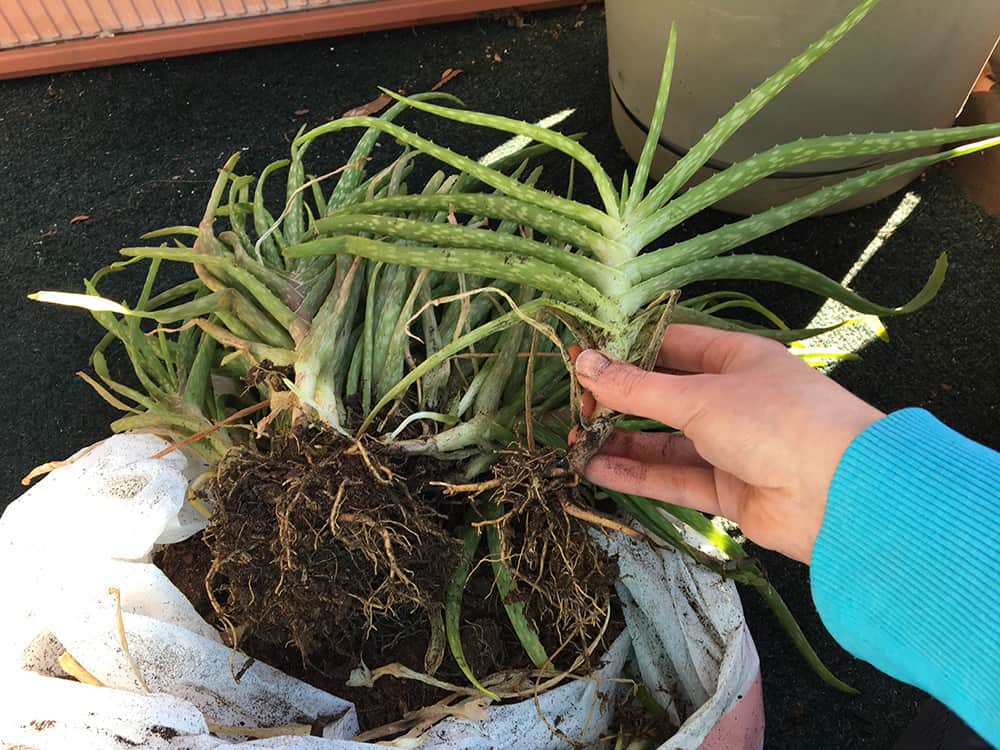


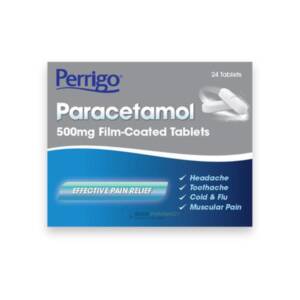

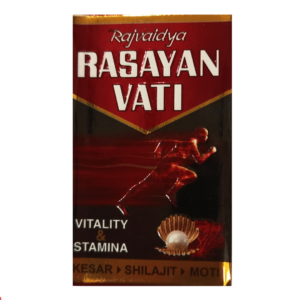

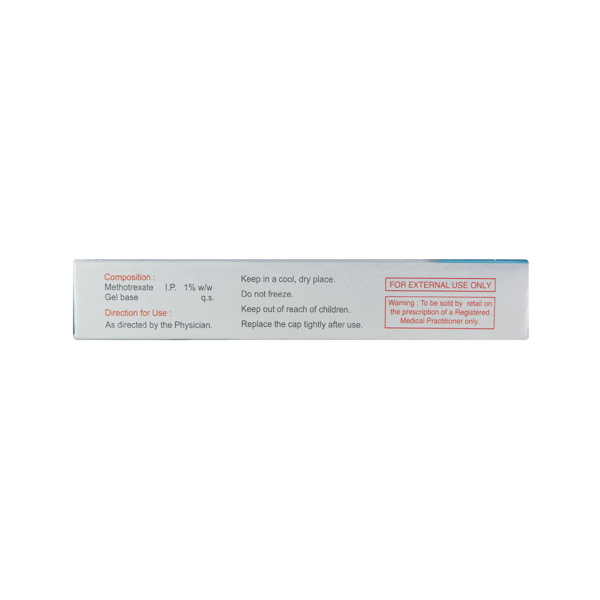

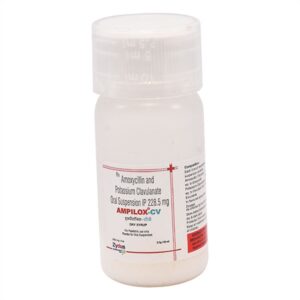


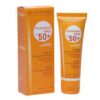





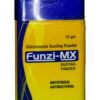


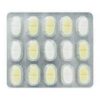
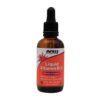




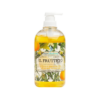




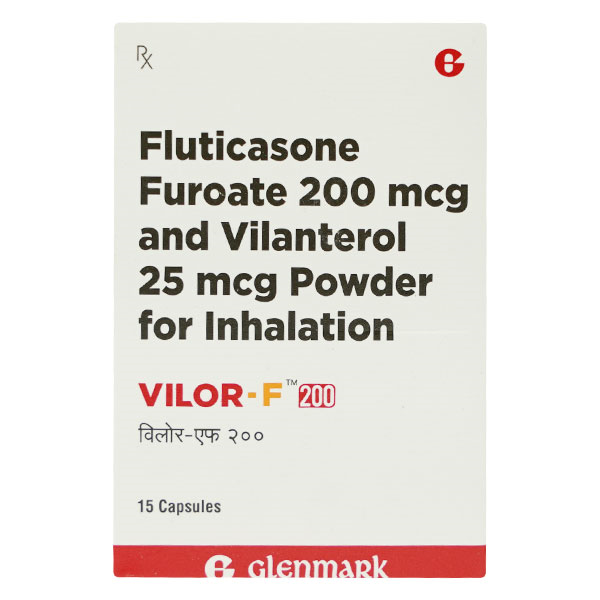

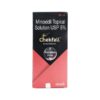

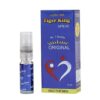










Reviews
There are no reviews yet.